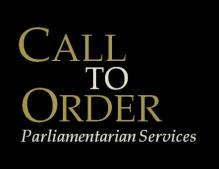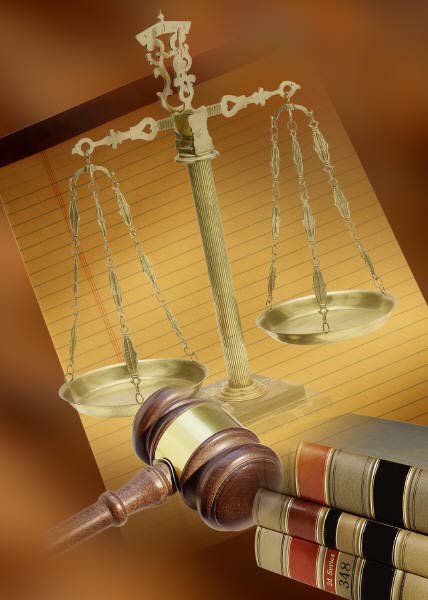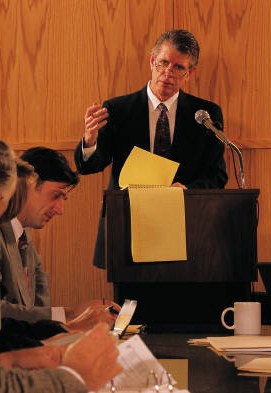In Mr. Smith Goes to Washington, the naïve Mr. Smith yields the Senate floor out of courtesy to a colleague, In doing so he loses his ability to debate on his legislation to prevent graft and corruption, Mr. Smith learned the hard way about the importance of knowing procedural rules. Officers and members of boards and and associations need to know the rules of order to achieve their goals and help their enterprises succeed. Our expertise includes:
- Meeting and Session Governance Services
- Presiding Officer Services
- Delegate Convention or Assembly Services
- Strategic Procedural Planning Services
- Bylaw Drafting, Review, and Revision Services
- Written Opinions Services
- Training Programs
Wrong. Robert’s Rules specifically states that “…minutes should contain what was done at the meeting, not what was said.” Many secretaries of organizations prepare minutes as though they need to report everything that was said. Often the result is a lengthy document that rambles and is hard to figure out what was done at the meeting. At the other end of the spectrum, are secretaries that simply record motions and votes and no more.
So what should meeting minutes contain? It actually depends a bit on the type of organization, the bylaws, and potentially state or federal law. Robert’s Rules identifies the bare minimum as follows:
1) information about the meeting such as the type of meeting (regular, special, annual, etc.), name of the society, and the date, time, and location of the meeting. They should also contain a statement as to whether the chairman and secretary were present and if not, who served as pro tem;
2) whether meeting minutes were read and approved either as written or amended (without mentioning how they were amended);
3) all main motions with the wording of the motion as it was adopted or otherwise disposed of with parenthetical mention of whether the main motion was discussed or amended; if the motion was disposed of in a manner other than adoption or rejection, then its disposition, such as committed to a committee, postponed to another meeting, or tabled, should be identified. In the case of a motion being committed, postponed to another meeting, or tabled, any amendments should be recorded so that if the motion eventually comes before the assembly again, that information is available;
4) all secondary motions, which include subsidiary motions, privileged motions, and incidental motions, that were not lost or withdrawn;
5) all required notices of motions, such as a notice to amend the bylaws, that were given at the meeting;
6) all points of order and appeals whether sustained or lost along with reasons given by the chair for the ruling;
7) the hour of adjournment.
There are several points to note. Corrections to meeting minutes are are only noted at the meeting which approved the meeting minutes. Corrections are applied directly to minutes being approved. So for example the entry for approval of meeting minutes might be “The meeting minutes of January 10, 2013 were approved with corrections.” No mention of how the minutes of January 10th were corrected are mentioned. Corrections should be made directly to the minutes of January 10, 2013.
Main motions should be recorded with the final wording just before the motion was voted on and no amendments are recorded. All amendments that were adopted, should be incorporated into the wording of the motion recorded in the meeting minutes.
Finally, if a main motion is not voted on, but committed, postponed to another meeting, or tabled, then the meeting minutes need to include any actions that were pending. So for example, a main motion is made to have pizza for lunch at an upcoming event; then an amendment to insert after the word pizza “not to exceed $100” is made and seconded; then a motion is made to commit to the Committee on Lunch for further consideration; then a motion to postpone to the next meeting is made and seconded; finally a motion to table is made and seconded because gift is offered of $1 million if it is accepted within the next ten minutes. The main motion, the motion to amend, the motion to commit, the motion to postpone to the next meeting, and the motion to table should all be recorded in the meeting minutes.
Robert’s Rules is clearly at the “minimalist” end of the spectrum. Sometimes, however, bylaws, state, and federal laws dictate what needs to be in meeting minutes. For example, the Open Meeting Law (OML) in Massachusetts requires meeting minutes to contain, in addition to all of the information above, all members of a public body who were present and absent, those members participating remotely and why. The OML also requires all votes taken which ought to include the all amendments and related motions and the votes on those motions, as well as a summary of discussions.
Legislative bodies are at the opposite end from the minimalist Robert’s Rules. Typically, legislative bodies keep a journal which contains, again, most all of the information required by Robert’s Rules. In addition, journals record what members actually say. The Congressional Record is the journal for the U.S. Congress and records the entire proceedings for both the House of Representatives and the Senate. It records communications between the two houses as well as communications with the Executive and Judicial Branches.
For most private organizations, the rules in Robert’s Rules are most efficient, since many organizations are voluntary with members having many other responsibilities. Reading word-for-word minutes is too time consuming. For important matters, a summary of the debate may be appropriate. The most important principle, however, is to record accurately what the organization decided to do.

© 2011-2013 Call to Order Parlimentarian Service
Meeting Minutes should reflect all that was said, right?


